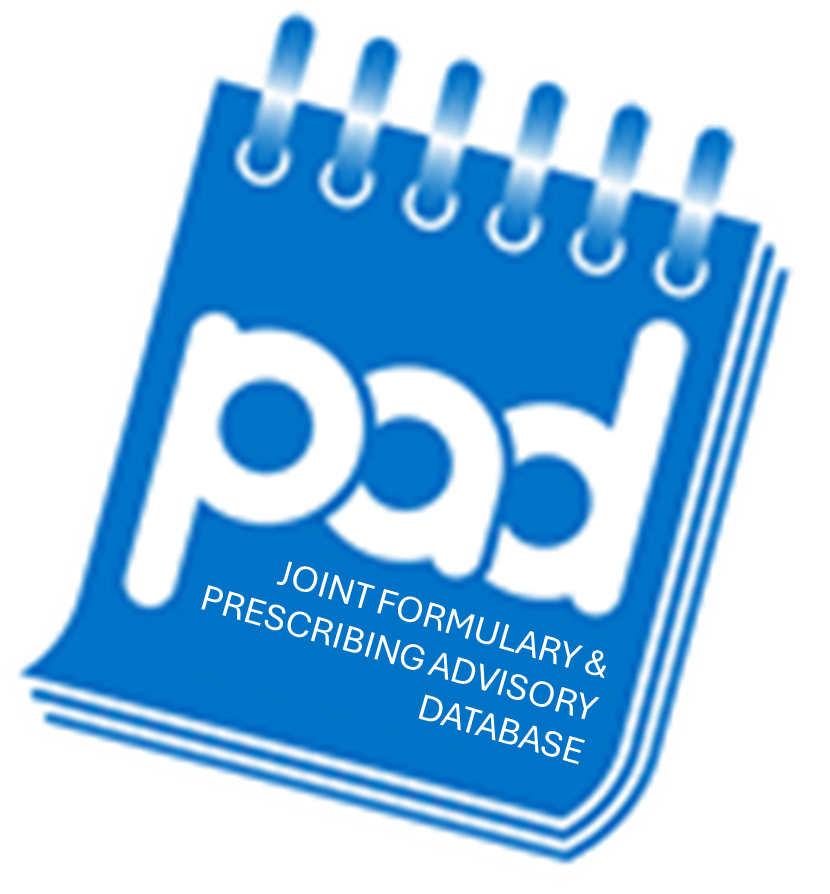
Fentanyl - Pain
You are here : Home > Formulary Search > Fentanyl - Pain
Status 1
- Patches
Not for use in opioid naïve patients. Limited place in therapy - on specialist advice only.
Prescribe as Matrifen brand in Primary Care.
Status 2
- Injection
Status 3
- Injection
- Nasal spray
Status 4
- Buccal tablets
- Buccal/sublingual
- Lozenges
- Nasal spray
- Sublingual tablets
Immediate release fentanyl preparations are non-formulary for all pain indications EXCEPT for breakthrough pain in palliative care patients..
Documentation
PAD Profile
Committee Recommendations (3)
Fentanyl patches have a very limited place in therapy in persistent non-malignant pain and should only be prescribed on advice of a relevant specialist (e.g. renal physician).
Brand name prescribing is recommended to reduce the risk of confusion and error in dispensing and administration. Please refer to recommendation made by the MCG (below) in November 2015.
Fentanyl patches should not be prescribed under any circumstances for opioid naïve patients. Take care with the calculation of dose equivalents.
Please refer to the Persistent non-malignant pain guidelines and supporting resources below for further information
The PCN does not recommend the use of Immediate Release Fentanyl other than for patients undergoing palliative care treatment and where the recommendation to use immediate release fentanyl in line with NICE CG140 (opioids in palliative care) has been made by a multi-disciplinary team and / or other healthcare professional with a recognised specialism in palliative care.
Prescribers should:
o NOT initiate immediate release fentanyl for any new patient;
AND
o Switch patients taking immediate release fentanyl to an alternative, with specialist support, in line with NHS England guidance. (excluding palliative care in line with NICE CG140)
In exceptional circumstances where there is a clinical need for immediate release fentanyl to be prescribed in primary care this should be undertaken in a cooperation arrangement with a multidisciplinary team and / or other healthcare professional
UKMI Q&A for branded prescribing recommendations states that fentanyl patches are available as matrix and reservoir formulations; Patient familiarity with one brand is important. Generic prescribing is therefore not recommended and is considerably more costly. Matrifen (matrix) was agreed as a cost effective brand for primary care prescribing and is currently the most commonly prescribed brand of fentanyl patch amongst the Surrey CCGs. Mezolar matrix patches and Mylafent patches are similarly lower cost. Note: patches must not be cut because damage to the rate-limiting membrane can lead to a rapid release of fentanyl resulting in overdose. If the prescriber intends the patch to be cut (NB: unlicensed and not recommended by the MHRA) then the prescription must specify a brand of matrix formulation patch.
Other Indications
Below are listed other indications that Fentanyl is used to treat.
Other Drugs
Below are listed other drugs that are used to treat Pain .
- Alfentanil hydrochloride
- Aspirin
- Buprenorphine
- Cannabis (medicinal)
- Co-codamol
- Co-dydramol 10/500
- Co-dydramol 20/500
- Co-dydramol 30/500
- Co-proxamol (Dextropropoxyphene hydrochloride/para
- Codeine phosphate
- Diamorphine hydrochloride
- Dihydrocodeine tartrate
- Gabapentin
- Ibuprofen
- Ketamine
- Meptazinol hydrochloride
- Methoxyflurane
- Morphine sulfate
- Nefopam hydrochloride
- Oxycodone
- Oxycodone with naloxone
- Paracetamol
- Pethidine hydrochloride
- Pregabalin
- Sufentanil
- Tramadol hydrochloride
- Tramadol with Dexketoprofen
- Tramadol with paracetamol
- Ziconotide acetate
